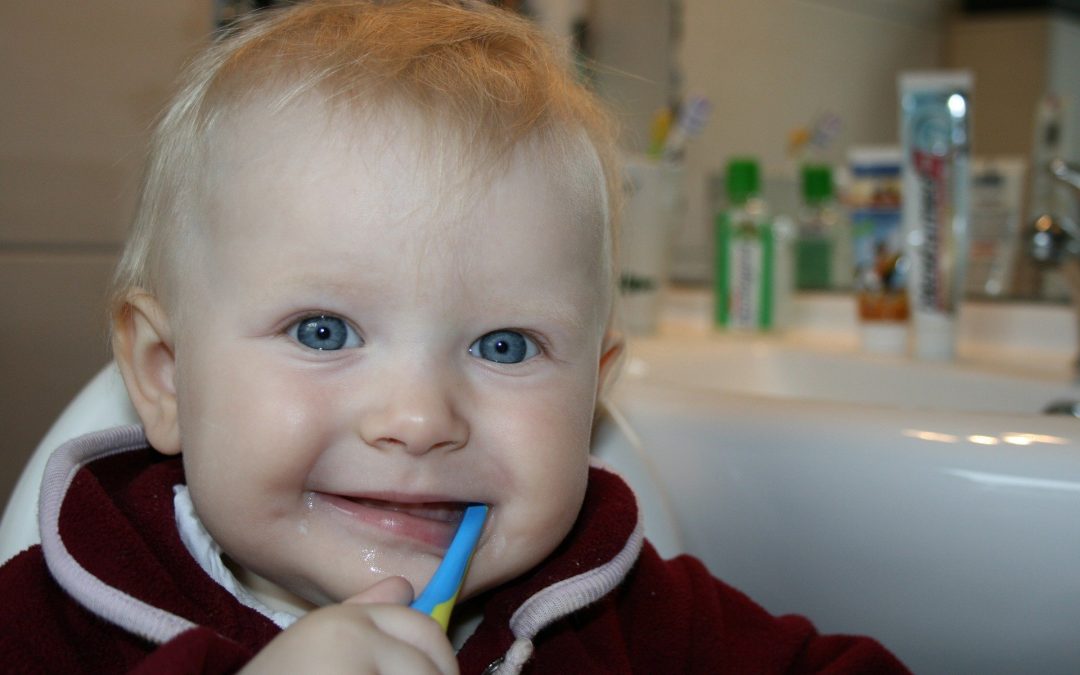Many kids end up with cavities or tooth decay in the USA, Canada, and in other countries as well. The reason for this is due to the fact that kids don’t brush their teeth properly as it is easy to miss spots on teeth while brushing as the back of the teeth doesn’t get the proper care and kids are also not flossing.
As a result, the plaque from food builds up on the teeth which are full of bacteria that are responsible for tooth decay. Additionally, kids that consume too much sugar such as candy and juices are going to be more prone to decay due to the fact that sugar causes cavities.
The problem with tooth decay is that it can worsen the oral health of the child which can cause serious infections that will get into the way of their social life, academic performance, and speaking. As a result, children that have poor oral health end up not attending school as often as their counterparts that have healthy teeth and mouths.
The Statistics Of Kids That Have Poor Oral Health
According to the CDC, the statistics of children that have poor oral health as follows:
- About 20 percent of children from the ages of 5 to 11 have poor oral health and tooth decay that is not treated.
- About 13 percent of teenagers from the ages of 13 to 19 have at least one cavity that is not treated.
- Children and teenagers that come from low-income households are twice as likely to have poor oral health than their counterparts that come from higher-income households.
However, tooth decay is not the only problem that kids face. In fact, let’s look at what other oral challenges kids often face.
The Common Oral Health Problems That Kids Often Have
Even though tooth decay is the most common problem that children have, kids have also been known to suffer from the following oral health problems:
Teeth Loose From Injuries – Kids get rambunctious and can get into accidents. Therefore, it is a fairly common issue when kids have teeth that become loose from injuries. The problem that they face is when teeth fall out too soon, then they can cause the permanent teeth to grow in prematurely and that is problematic because it can cause overcrowding with the other teeth. Therefore, a child in this situation will likely need plenty of orthodontic work when the time comes for it.
Accidents will happen and are not always preventable. However, parents can do their best to remind their kids to stay safe and not do anything dangerous or else, they will get seriously hurt.
Sensitivity Of The Teeth – Tooth enamel is the white coating that covers the teeth and it can wear away easily, especially when it comes to the baby teeth. Permanent teeth have stronger enamel. When tooth enamel wears away, it increases the chances of tooth decay which is what the parents want to avoid at all costs even though it is the most common oral health problem that children face.
When tooth enamel wears away, it makes the teeth more sensitive and kids will experience pain while eating and drinking.
Misalignment Of The Teeth – The term for this condition is malocclusion and this can either be a genetic or inherited problem or teeth that are misaligned may be caused by actions such as thumb sucking. However, malocclusion is a cause for the need for orthodontic treatment for kids.
Pediatric Gum Disease – When you think of gum disease you may think about adults that have the condition. However, kids can develop gum disease as well. It is not overly common. However, it happens and kids that have this problem will need to go to specialists that can do pediatric dental cleanings and will need to use specialized cleaning solutions for them as well so it does not progress.
Now you know how other oral health problems than tooth decay can affect children. However, even though in some cases oral health problems in children cannot be prevented entirely if there is a genetic factor – but there are ways that parents can reduce the risk of kids developing cavities.
How Can Kids Reduce The Risk Of Getting Cavities?
It is never too early to take care of a child’s dental and oral care. In fact, parents should start to care for their infants’ mouths even before they start teething. The way they can do that is by wiping the baby’s gums two times a day with gauze or a clean cloth. Do it first thing in the morning, as well as right before going to bed.
When the first teeth begin to emerge, then parents need to use a toothbrush that has soft bristles and that is meant for babies. They need to use plain water as infants are too young to handle toothpaste, even without fluoride. They need to brush the baby’s teeth twice a day.
By the time the baby turns a year old, they need to make an appointment with a pediatric dentist to check the baby’s mouth to make sure there are no signs of poor oral health. In fact, the dentist may want to put a varnish on the teeth that have emerged to lower the chances of tooth decay as the child grows.
Once the child is two years of age, then they can start brushing with toothpaste that has little fluoride twice a day. Parents need to supervise while they encourage their kids to brush their teeth independently until they are six years old or are at cognitive development of that age even if they are chronologically older.
It is also important for parents to make and keep their children’s dental appointments so they can maintain the best oral health for their kids. And some pediatric dentists will want to put sealant on kids’ teeth if they are prone to decay which will protect the teeth that have been affected and the teeth that have not been affected. Consistency is the key in order for kids to achieve good oral health.



Connect With Me !